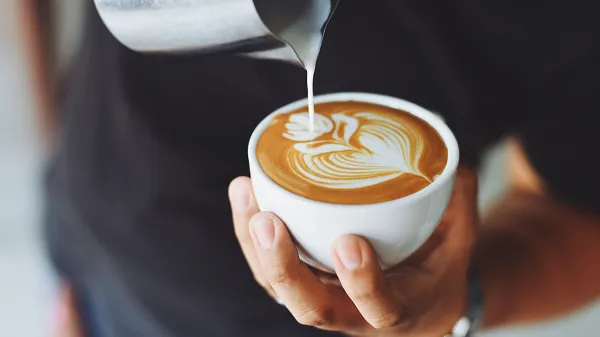
The NPD Group: Foodservice industry ‘adapted well’ to lockdowns
Within the QSR segment, lattes experienced the greatest growth during Q3.
Australia’s foodservice industry has “adapted well” to sudden and prolonged lockdowns despite a decline in spending in the third quarter of this year, according to The NPD Group.
New data from the insights agency saw spending in Australia sliding down 5% during the July, August and September months, driven by a 7% traffic decline compared to the same time period last year.
Despite the number of items per consumer being down compared to last year, cheques grew by 2% as consumers were opting for higher-priced items.
Off-premise ordering grew 2% in traffic, driven by delivery, drive thru, and pickup, but was not sufficient to offset the on-premise decline of 25%.
Foodservice spend and traffic volume also held up better than Australia’s first COVID-19 wave during Q2 2020, attributed to the restrictions being essentially limited to two states.
Delivery spend and traffic reached $1.5 billion and 101 million visits in Q3 2021, respectively, whilst in Q2 2020, delivery spend and traffic was $1.1 billion and 77 million visits.
“Recent outbreaks of the delta variant across Australia and the resulting lockdowns affected over half the Australian population and consequently contracted economic activity in the third quarter,” said Gimantha Jayasinghe, senior vice president and deputy managing director for Asia Pacific at The NPD Group.
“The positive news for the industry is the decline wasn’t as bad as the previous lockdown, which implies the foodservice industry has adapted well to cope with sudden and prolonged lockdowns, and consumers are getting used to being able to access take-away and delivery foods.”
Within the QSR segment, lattes experienced the greatest growth, jotting a 35% increase in Q3. NPD also observed a “noticeable” decline in the lunchtime occasions, with QSR traffic share of 81% contributing to 67% of declines at lunch in the industry.
Hot coffee’s growth was driven by drive-thru orders, with a contribution to growth rate of 59% followed by takeaway orders with a 37% rate in Q3. QSR on-premise occasions made up 24% of lunch traffic but contributed to 88% of traffic declines.
“Consumers would normally eat out for lunch, but with the lockdown they only ventured out for their coffee. This resulted in the lunch occasion declining and the morning occasion increasing,” Jayasinghe explained.
Meanwhile, QSR growth for supermarkets and convenience stores slowed down in spend due to more consumers getting their groceries delivered or limited their time in supermarkets.
“Even though consumers limited their in-store purchases and had more meals at home via delivery, coffee was one of the few product items where Australians were prepared to make an in-store take away purchase,” Jayasinghe said. “Additionally, drive thru also played a major role in the growth of coffee servings.”


























